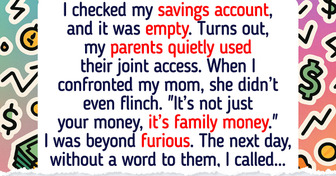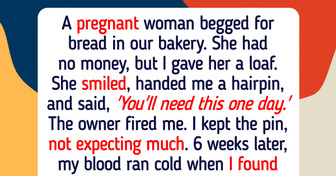I Refuse to Do My Coworker’s Job for Free—So I Made Him Pay
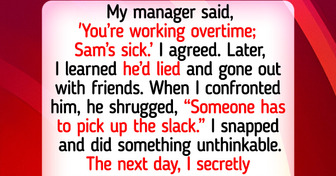
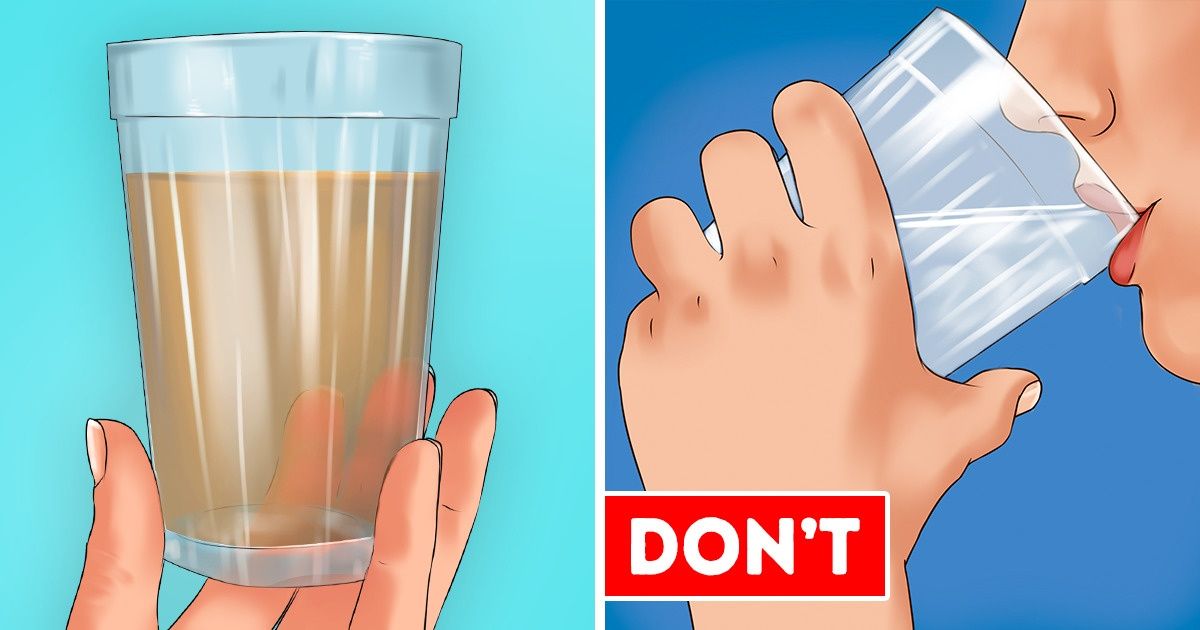
We can’t always be sure if the tap water is good for drinking. There are even times when its quality can change overnight and knowing how to detect the changes may save you from drinking polluted water. Luckily, there’s a way to check the water’s quality, just like professionals do, by using only 3 senses.
Bright Side will walk you through the steps you should take to check your water and make sure that it’s drinkable.
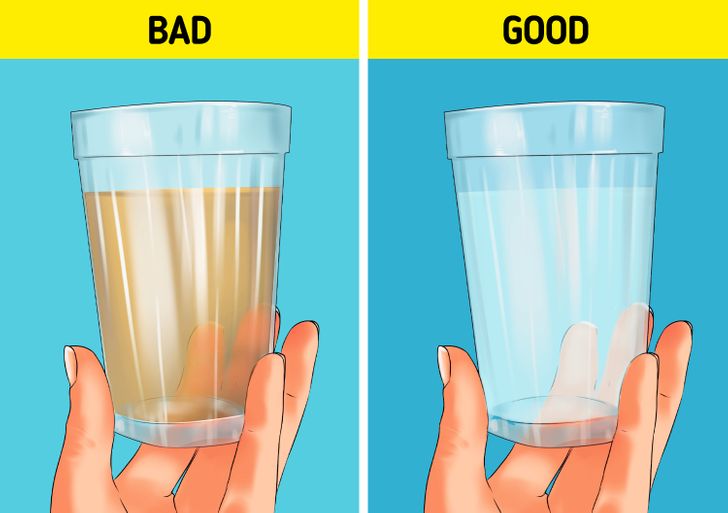
Check the water for any particles or cloudiness. Take your glass filled with water to some light. Red, orange, or brown particles can be due to rusty or old fixtures or pipes. Black pieces inside the water can indicate that the hoses have started to deteriorate. General cloudiness means that there are too many chemicals.
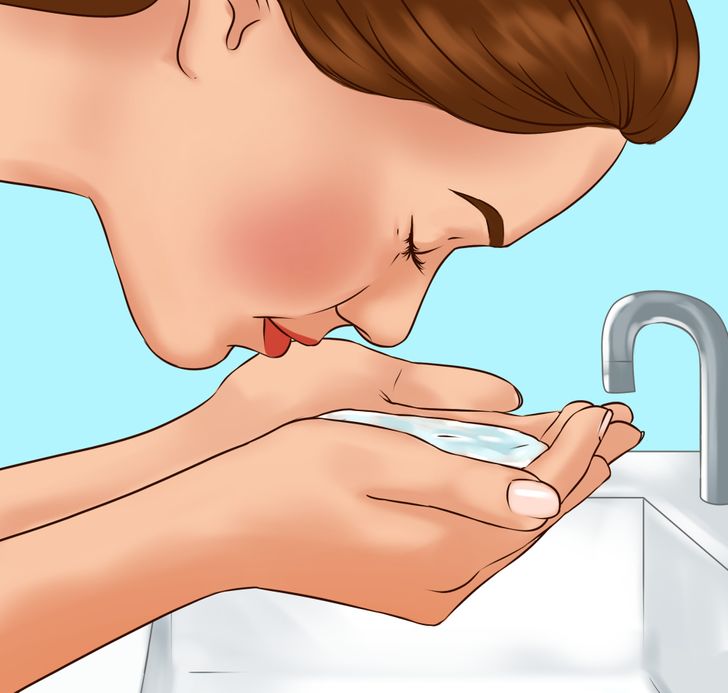
Now smell the water. If it smells like bleach, it’s most likely due to chlorine that has been added to make the water safe. It isn’t harmful but it’s a good idea to get a filter to remove the smell. Earthy or musty smells indicate that there’s something organic inside of the water or in the drain and it’s decaying.
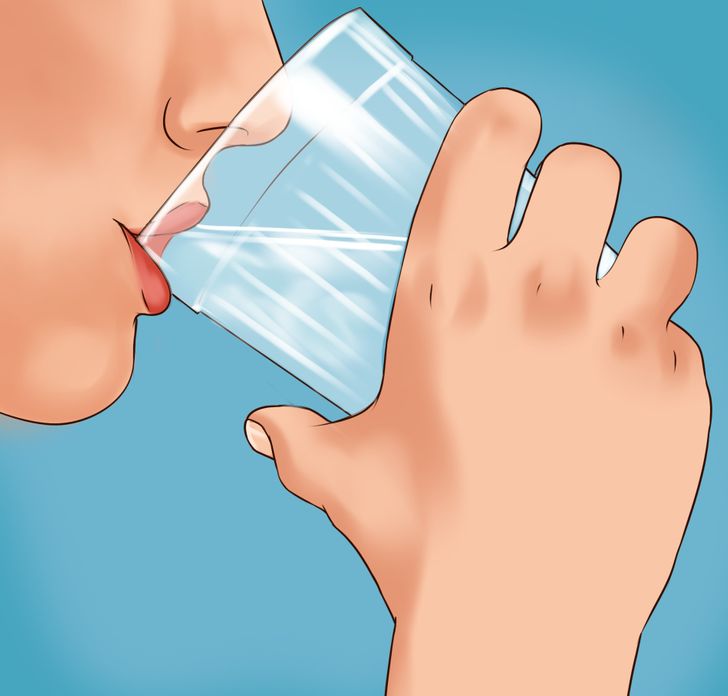
Now it’s time to use your sense of taste. If it tastes foul then immediately spit the water out. A metallic taste could mean that the pH levels are low or that there are excess minerals in the water supply, which is usually due to a rusty pipe. If it tastes like bleach, it means that there are chemicals, which can be caused by the artificial removal of water or industrial waste.
It’s essential to check your pipes regularly because they could be the reason why your water isn’t good for drinking. There are simple ways to check them. If the pipes are above ground, see if there is any blue or white residue.
If you can’t reach the pipes, look inside your toilet and check for rust, or around it for blue stains. If you decide to call a plumber, ask them to let you see inside the pipe. Rust, a white or blue-colored buildup, can indicate that your water is not safe to drink.
Have you noticed one of the above signs in your tap water? Do you drink from the tap or do you buy water?









